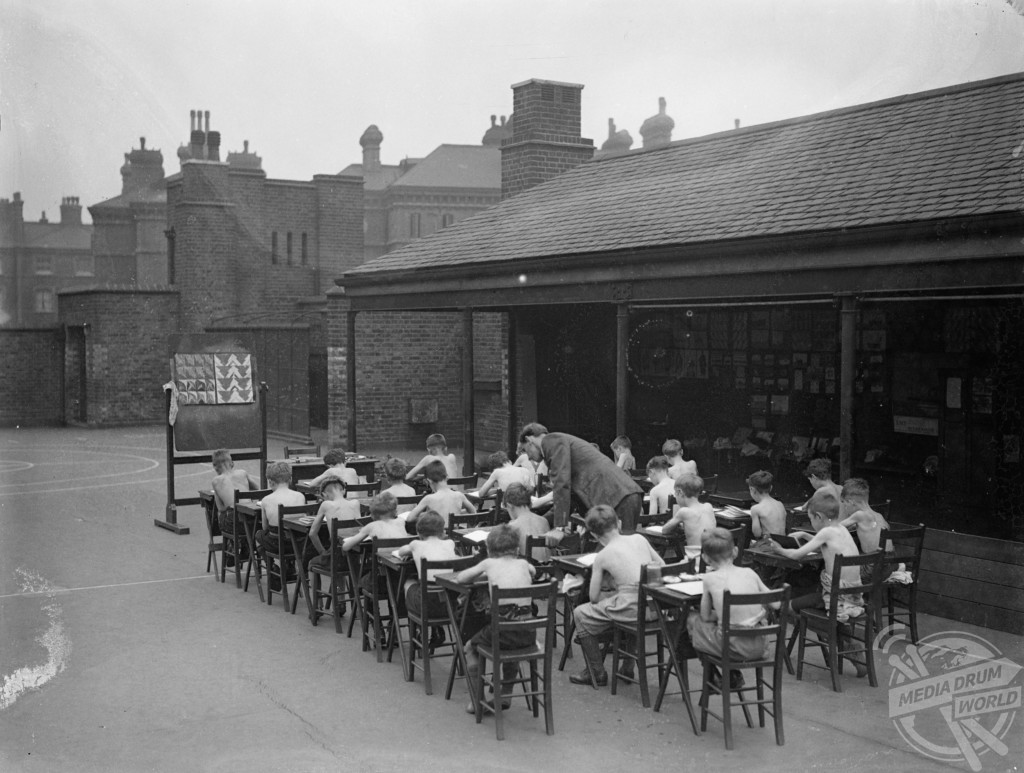
By Mark McConville
INCREDIBLE images have revealed the forgotten open-air schools of the 1930s that aimed to combat tuberculosis.
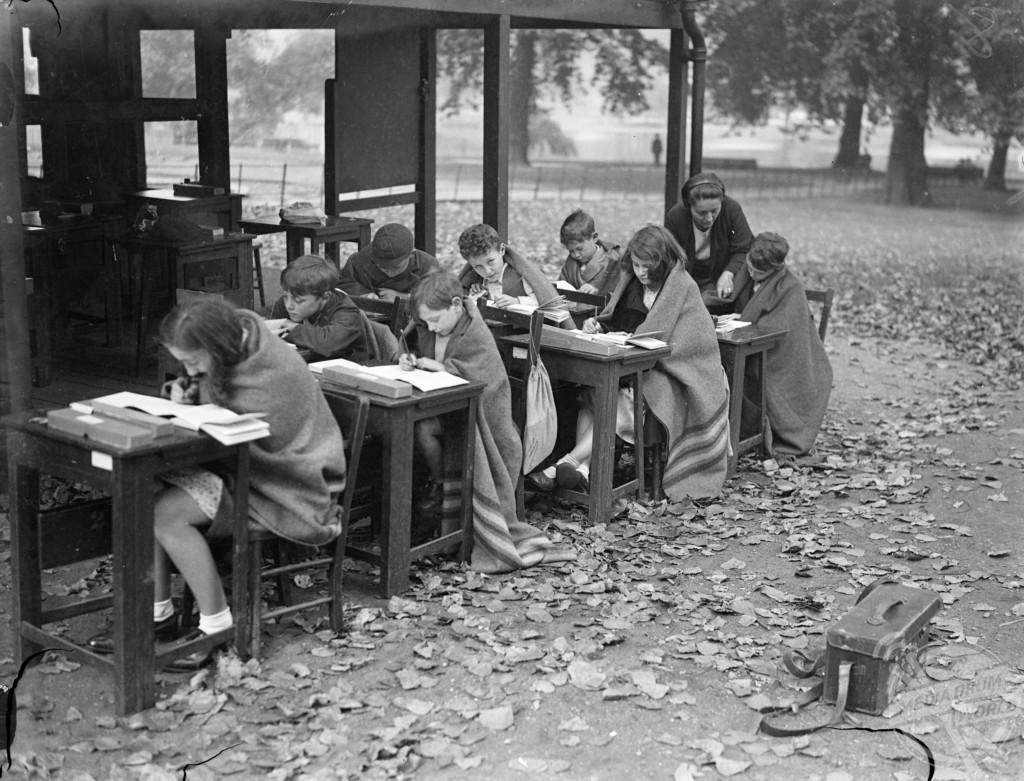
The stunning pictures, as revealed on the website Retronaut, show pupils at St James’ Park Open-Air School with blankers wrapped round them for warmth on a cold December day, a ‘roof-top’ schoolroom at Popham Road Boys’ School, Islington and boys exercising during a heatwave at the Bow Road Open-Air Day School in London’s East End.
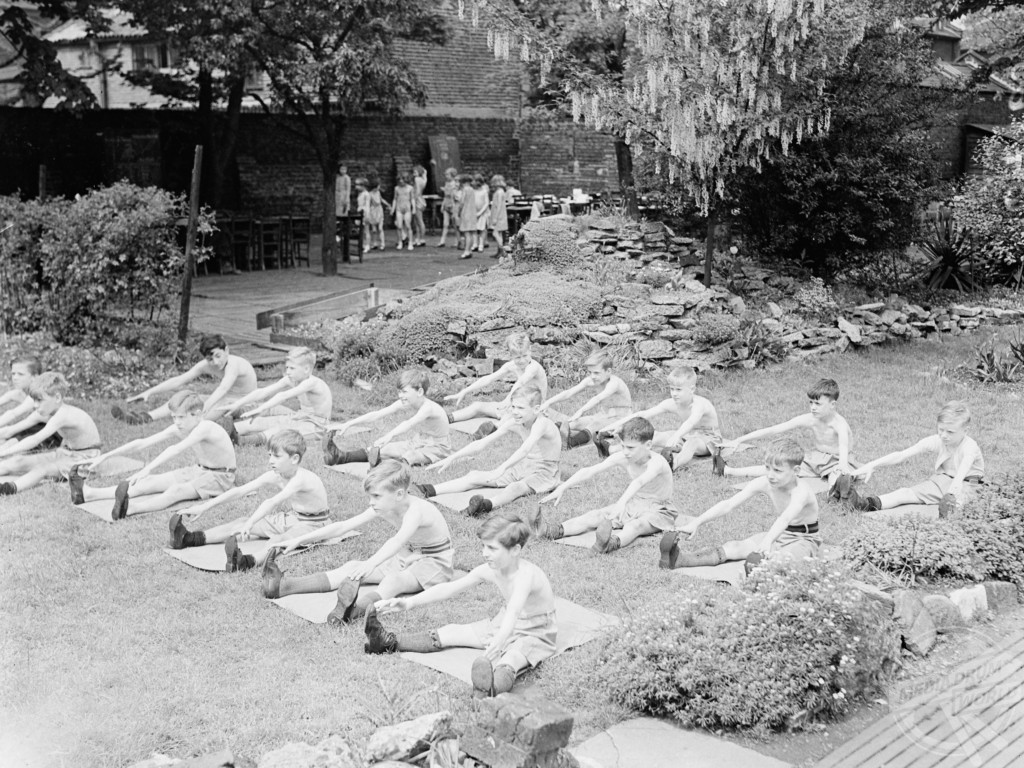
TopFoto / Retronaut / mediadrumworld.com
Other remarkable photographs show lightly clad pupils enjoying a lesson in the Bow Road open-air school, pupils gardening and children wearing ‘sun helmets’ during the summer months.
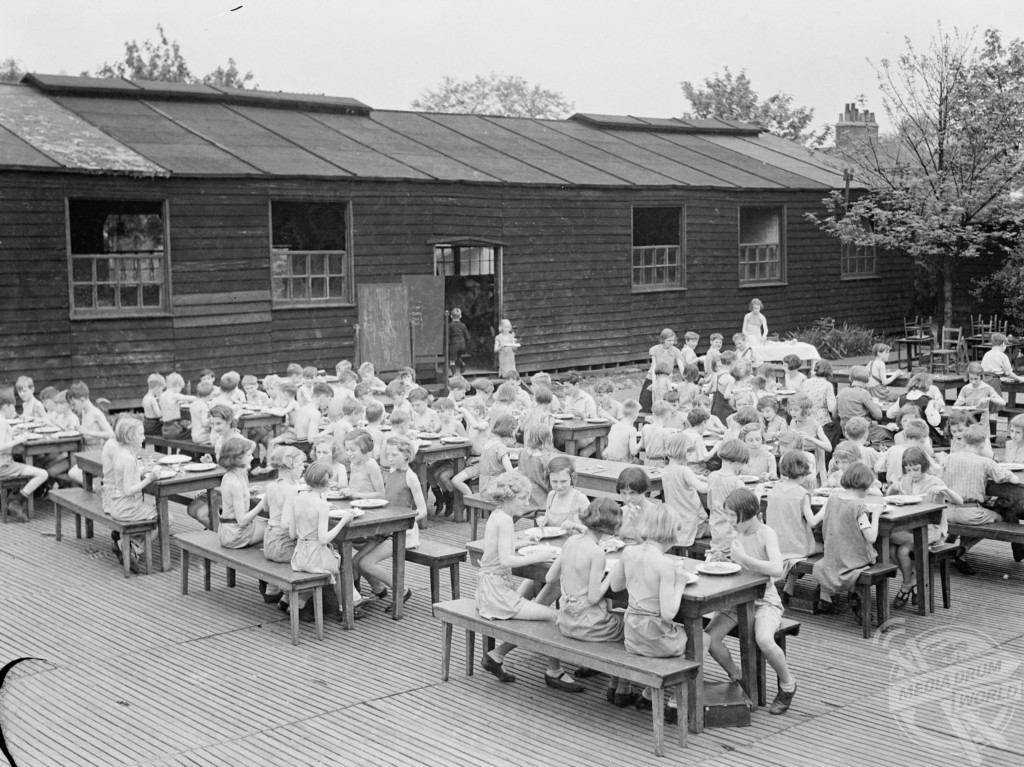
TopFoto / Retronaut / mediadrumworld.com
England’s first open-air school opened in 1907. The schools gained popularity in the 1930s as a means to combat tuberculosis, a disease then rife.

TopFoto / Retronaut / mediadrumworld.com
Children considered at risk of developing the disease – identified by stunted growth and mental ‘dullness’ – were sent to the schools. By 1937, 96 open-air day schools and 53 residential schools had been established across the country.
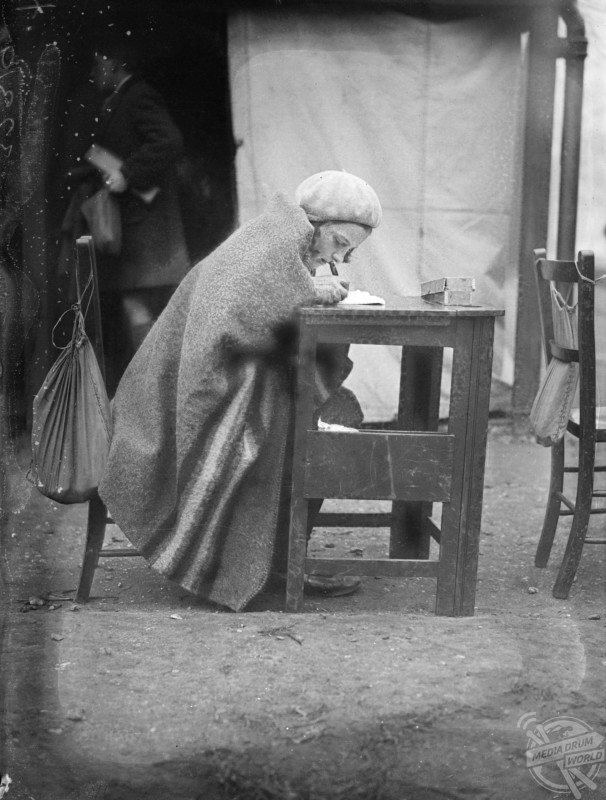
TopFoto / Retronaut / mediadrumworld.com
A 1912 publication, ‘The Open Air School’, had set out the blueprint for how such schools should be run. The regime included vigorous exercise, rest periods during the day and a wholesome diet with plenty of meat, dairy products and vegetables.
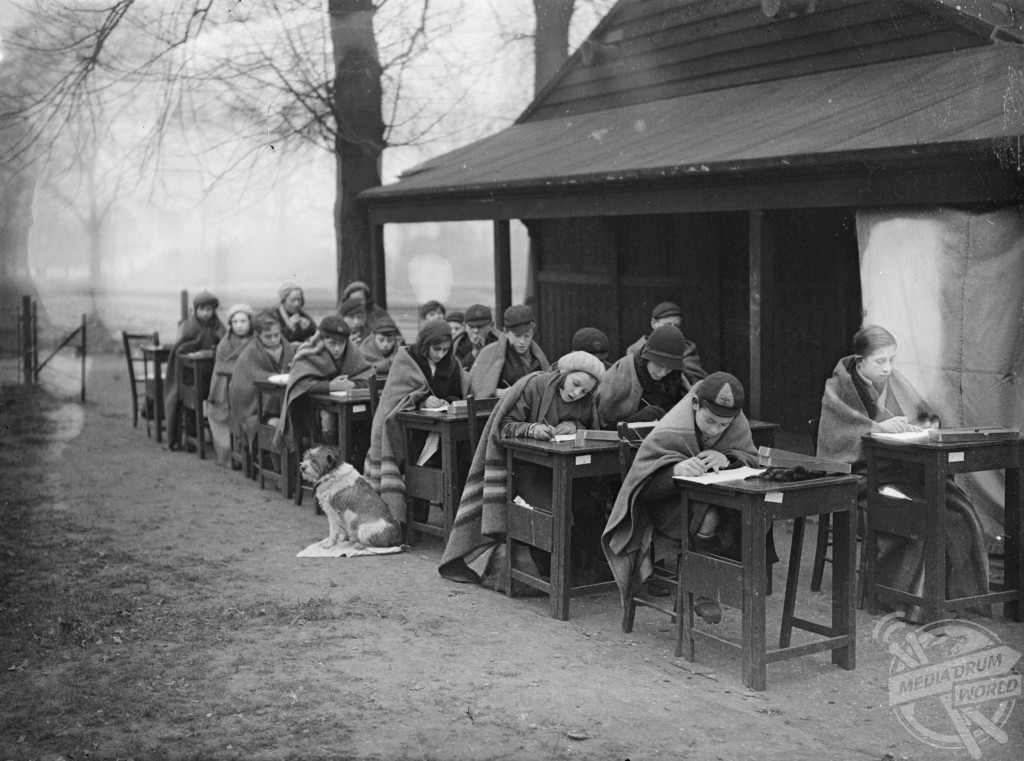
TopFoto / Retronaut / mediadrumworld.com
Outdoor subjects included horticulture, bee keeping, natural history, woodwork and meteorology (schools had their own weather stations). Academic lessons were based around these activities on desks and chairs in the open – assuming it was not raining.
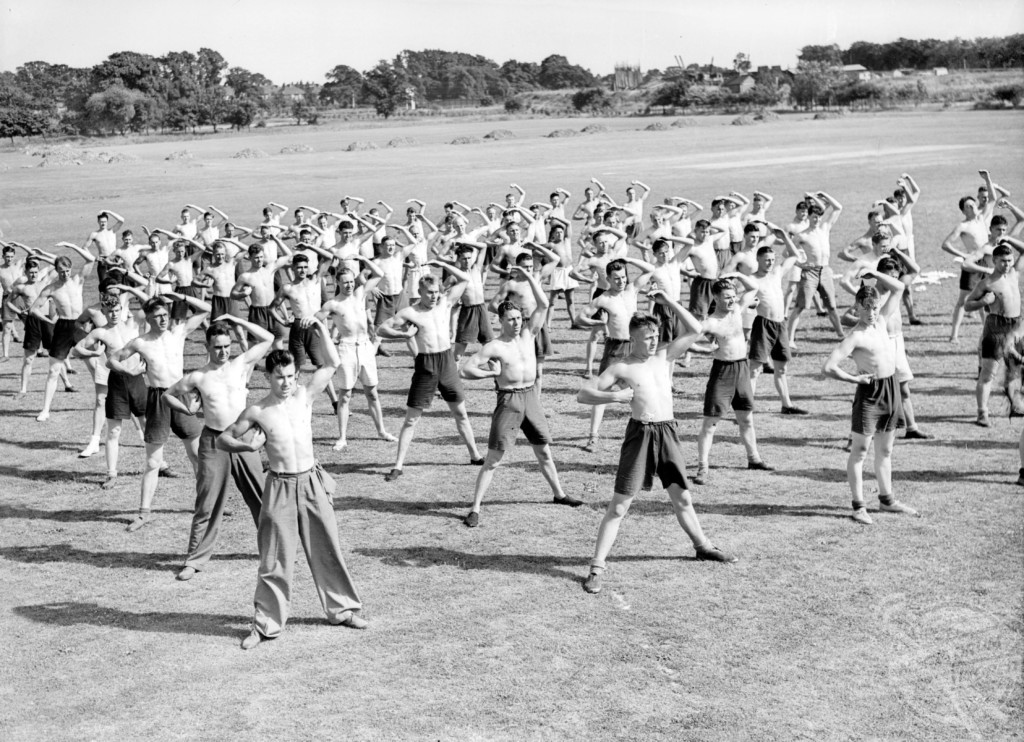
TopFoto / Retronaut / mediadrumworld.com
But by the 1950s, the schools had begun to decline. The BCG vaccine was introduced in 1953 and antibiotics became widely available after WWII. Together with slum clearances, the Clean Air Act and the NHS, the threat of tuberculosis was radically reduced, and the schools had lost their imperative to exist.
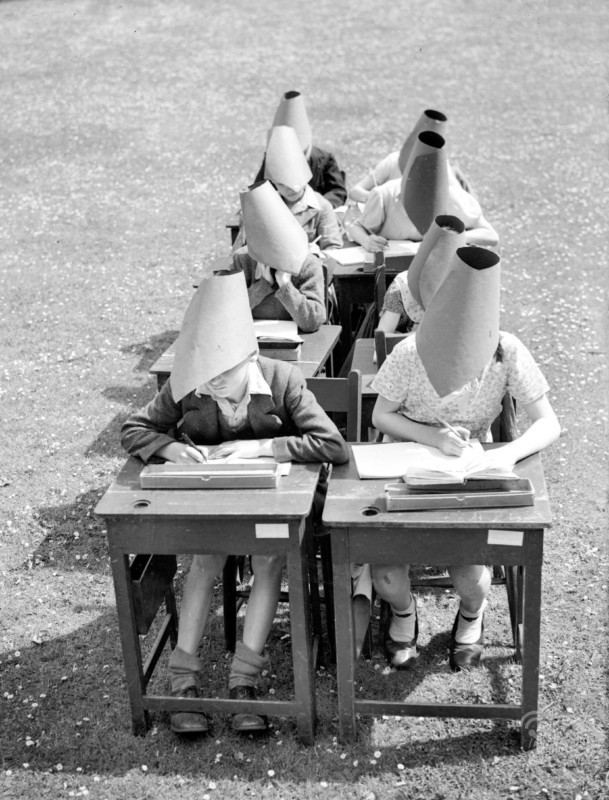
TopFoto / Retronaut / mediadrumworld.com
For more information see https://retronaut.com/






